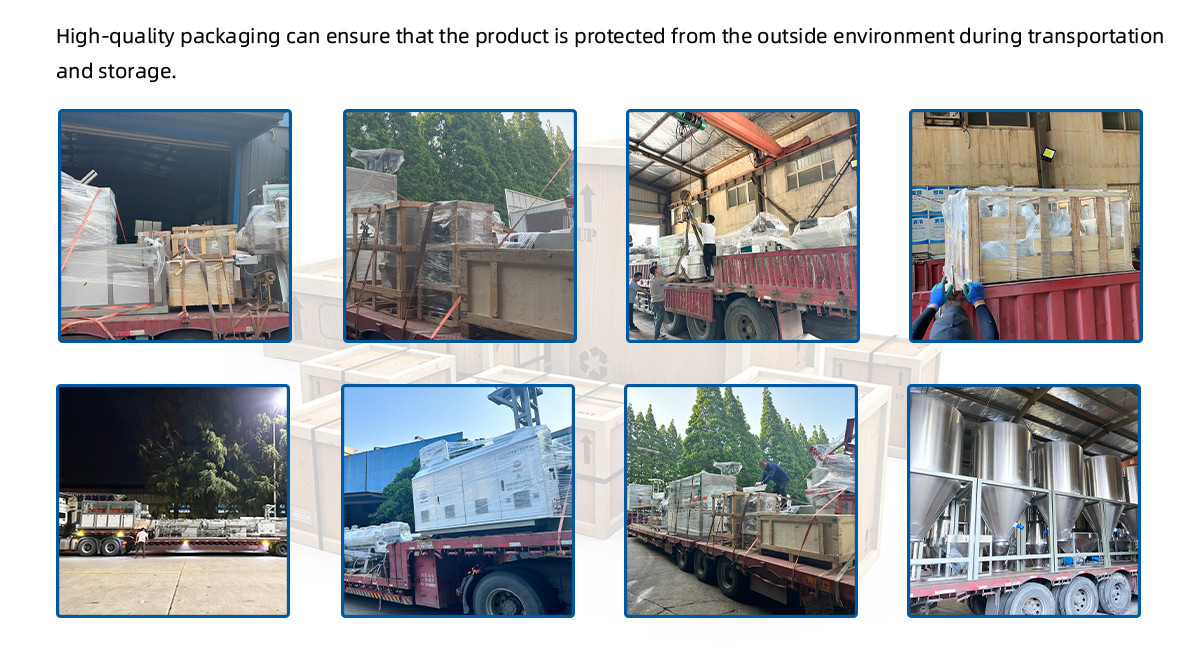▏Product Vedio
▏Product Introduction
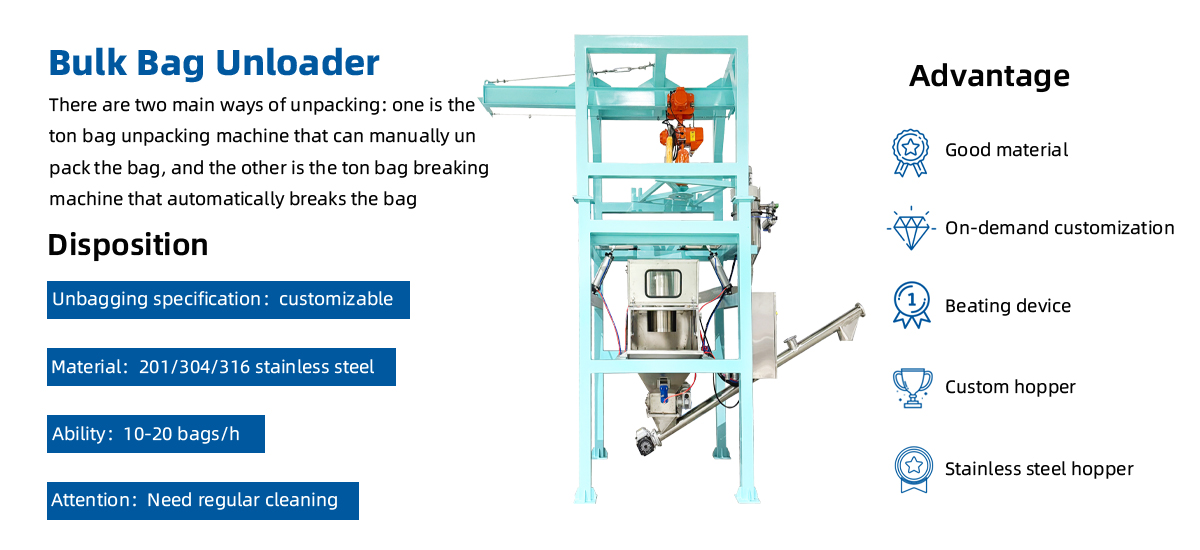

▏Production Procedure
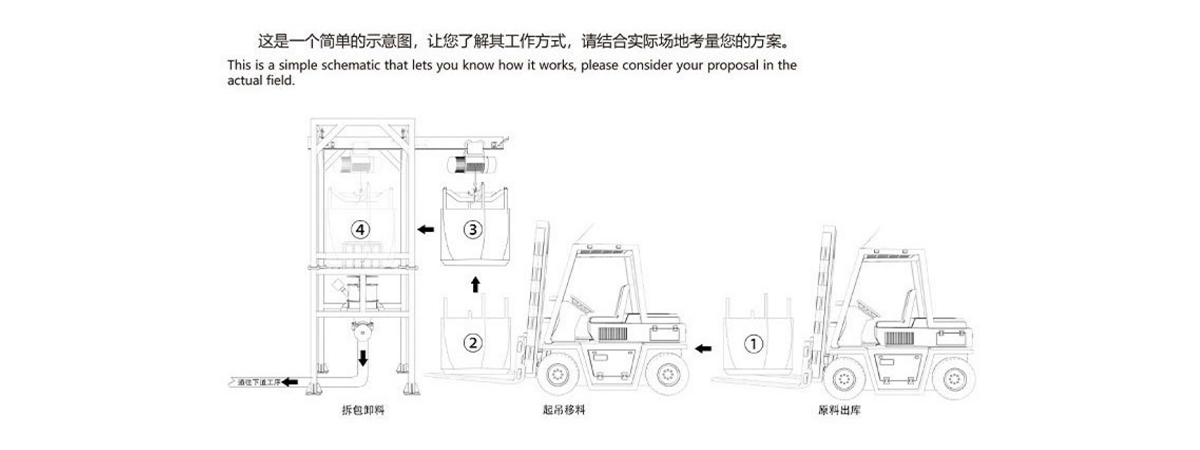
▏Product Photo
▏Introduction of bulk bag discharge system
A Bulk Bag Discharge System is an automated or semi-automated system designed to safely and efficiently unload large quantities of bulk materials stored in bulk bags (also known as FIBCs, or Flexible Intermediate Bulk Containers). These systems are widely used in industries such as chemicals, food processing, pharmaceuticals, plastics, and construction, where bulk materials need to be transferred from storage containers into production or processing lines.
Bulk bags are typically used for transporting and storing materials like powders, granules, and other bulk solids. The discharge system provides a controlled and safe method for emptying these large bags, ensuring a smooth flow of material into the next stage of the manufacturing or processing process.
Key Features of a Bulk Bag Discharge System:
 | 1. Material Flow Control: Bulk bag discharge systems are equipped with mechanisms to help break up any material clumping or bridging that might occur, ensuring smooth and consistent material flow. These systems can include vibrators, agitation, or mechanical shakers to keep the material moving. 2. Safety Features: The systems are often equipped with safety features such as dust collection hoods, explosion-proof equipment (for flammable materials), and load cells to monitor the weight of the bag and ensure proper discharge. 3. Easy Integration: They can be easily integrated into existing production lines or material handling systems, allowing for a seamless transition between bulk bag unloading and further processing or packaging stages. 4. Versatility: Bulk bag discharge systems are designed to accommodate a wide variety of materials, from powders and granules to more challenging substances like sticky or coarse materials. 5. Automation: Many systems are automated, with features like pneumatic or hydraulic lifts, bag tensioners, and conveyors, reducing the need for manual labor and increasing efficiency. 6. Space Efficiency: These systems are designed to handle large bags while occupying minimal floor space, which is important in environments where space is limited. |
Components of a Bulk Bag Discharge System:
 | 1. Bag Lifting Mechanism: This part of the system is used to lift and secure the bulk bag into position. It can be pneumatic, hydraulic, or mechanical, depending on the system’s design. 2. Discharge Spout: The bottom opening of the bulk bag is connected to a discharge spout that directs the material into the next stage of processing or storage. The spout can be controlled to ensure proper flow rate and minimize spillage. 3. Agitation or Vibration System: These systems help loosen compacted material inside the bulk bag and prevent clogging or bridging, ensuring smooth and consistent material flow. 4. Dust Collection System: As the bulk material is discharged, airborne dust can be generated, especially with powders or fine materials. A dust collection system, often integrated with the discharge system, captures these particles to keep the work area clean and safe. 5. Discharge Frame: This structure holds the bulk bag in place and ensures that it is properly aligned for discharging. It often includes hooks or lifting straps to secure the bag. 6. Conveying System: After the material is discharged, it may be transferred via a conveyor, pneumatic conveying system, or other material handling systems to move the material to its next destination. |
Applications:
 | • Pharmaceuticals: For discharging ingredients or excipients from bulk bags for use in tablet or capsule production. • Food Industry: Used to discharge ingredients such as flour, sugar, salt, or powdered spices into processing lines. • Chemicals: For handling bulk chemicals or additives in powder or granule form, which need to be transferred to mixers, reactors, or other processing equipment. • Plastics: Used to discharge resins, powders, or other raw materials into extrusion or molding processes. • Construction: Discharging cement, sand, or other bulk materials into mixing or batching systems. |
A Bulk Bag Discharge System is an essential piece of equipment for industries that handle large quantities of bulk materials. It streamlines the process of unloading materials from bulk bags, improving operational efficiency, safety, and material handling accuracy. With features like material flow control, safety mechanisms, and easy integration with other systems, bulk bag discharge systems play a critical role in modern manufacturing and processing lines.
▏Product Advantages
As an efficient automation equipment, bulk bag discharge system has shown significant advantages in many industries. The following is a detailed analysis of the advantages of the bulk bag discharge system:
| 1 | improve production efficiency |
| The bulk bag discharge system can automatically complete the whole process of opening, material dumping and empty bag recycling of large tonnage bags, which significantly improves the unpacking speed and production efficiency. Compared with the traditional manual unpacking method, the bulk bag discharge system can work continuously and is not limited by manpower, and its advantages are more obvious when dealing with large quantities and high frequency unpacking tasks. |
| 2 | Reduce labor intensity |
| Manual unpacking requires workers to directly contact the material, which is not only labor-intensive, but also has security risks. The bulk bag discharge system completely avoids this problem, and the workers only need to carry out simple operation monitoring and equipment maintenance, which greatly reduces the labor intensity. |
| 3 | improve the working environment |
| In the process of unpacking, the closed design and dust removal device can effectively avoid dust flying and improve the working environment. This not only protects the health of workers, but also reduces environmental pollution and meets environmental protection requirements. |
| 4 | Reduce material waste |
| The bulk bag discharge system uses a precise material delivery mechanism to minimize material scattering and waste. At the same time, the crushing device inside the equipment can also break the caked material to ensure the smooth flow of the material and further improve the material utilization rate. |
| 5 | Strong adaptability |
| Bulk bag discharge system is suitable for a variety of materials and working conditions, such as poor fluidity, easy moisture absorption, caking material of large bag packaging materials. In addition, the equipment can also be customized according to the needs of different customers to meet the needs of various special conditions and materials. |
| 6 | intelligent control |
| Modern bulk bag discharge system generally adopts advanced automatic control technology and intelligent algorithm, which realizes the whole process automation from bag identification, positioning, cutting to accurate material delivery. This not only improves the operating efficiency and stability of the equipment, but also reduces the difficulty of operation and labor costs. |
| 7 | energy conservation and environmental protection |
| In the design, energy saving and environmental protection factors are fully considered, and the motor and transmission system with low noise and low emissions are adopted, as well as the structural design that is easy to clean and maintain. This not only reduces energy consumption and environmental pollution, but also improves the reliability and service life of the equipment. |
| 8 | Improving overall economic performance |
| Although the start-up cost and maintenance cost of the bulk bag discharge system are relatively high, its advantages in improving production efficiency, reducing labor intensity, improving the working environment, etc., make these costs can be recovered in a relatively short time. In the long run, the use of bulk bag discharge system can significantly improve the overall economic benefits of enterprises. |
▏About Us
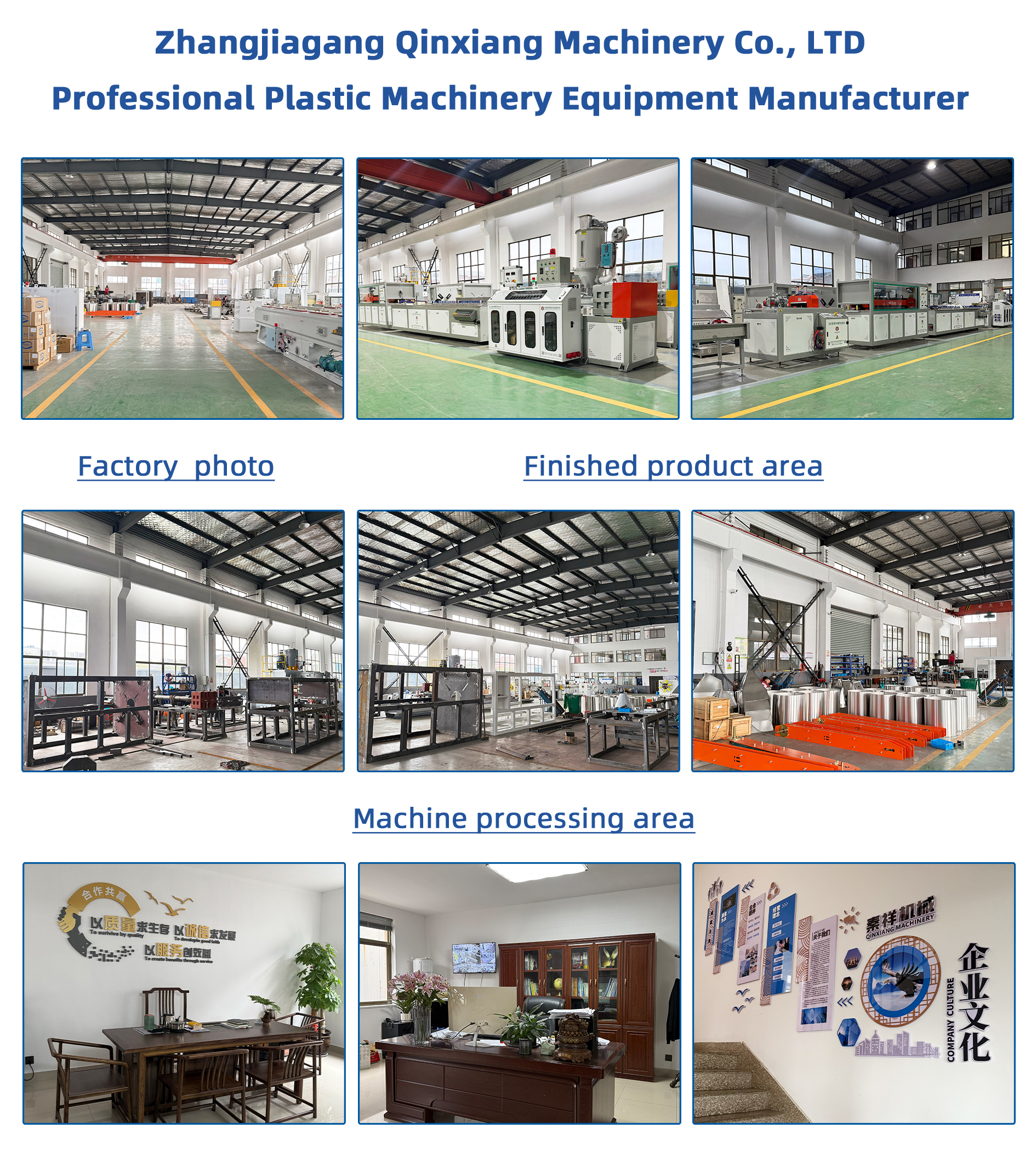
▏Corporate Culture

▏Cooperative Parts Supplier
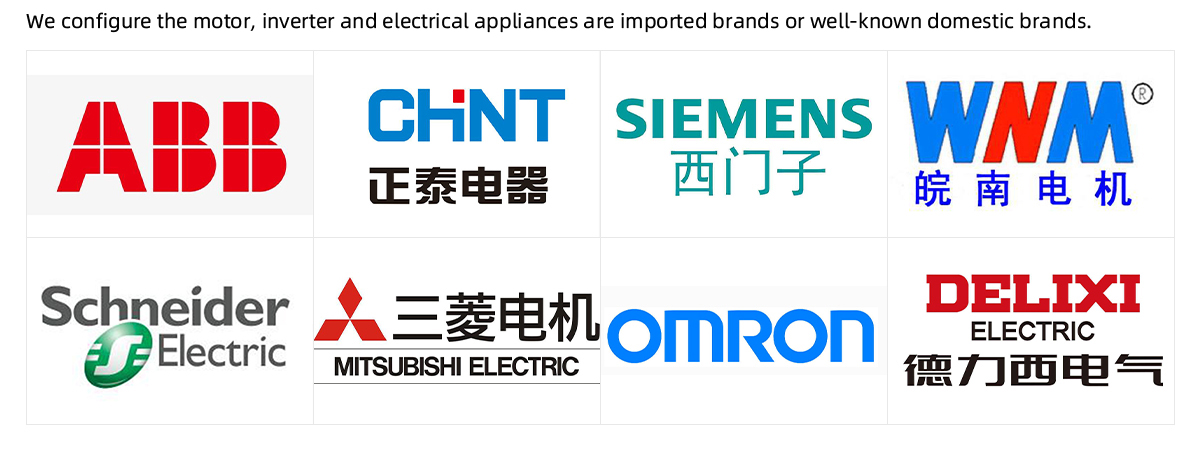
▏Packing And Shipping
